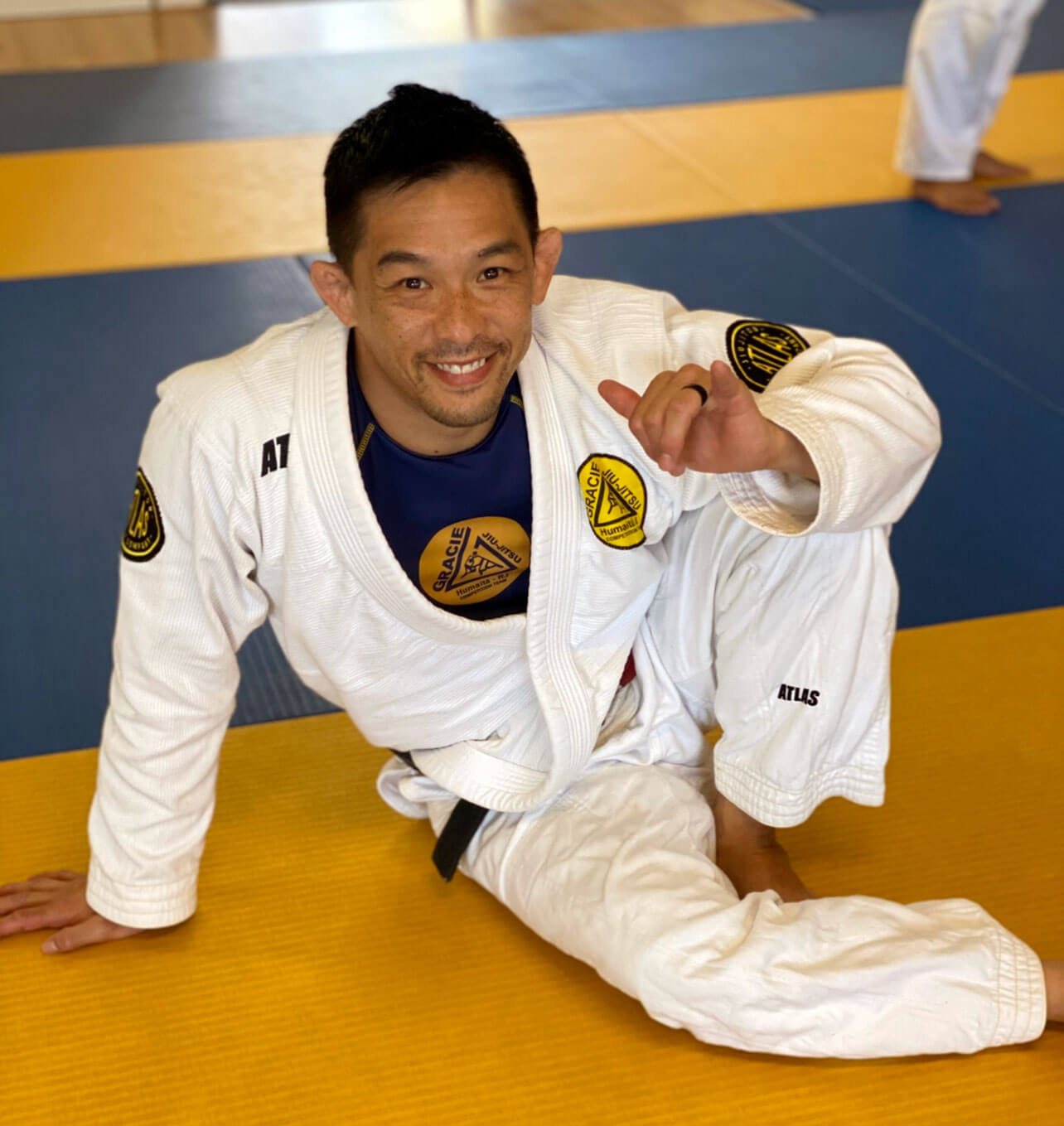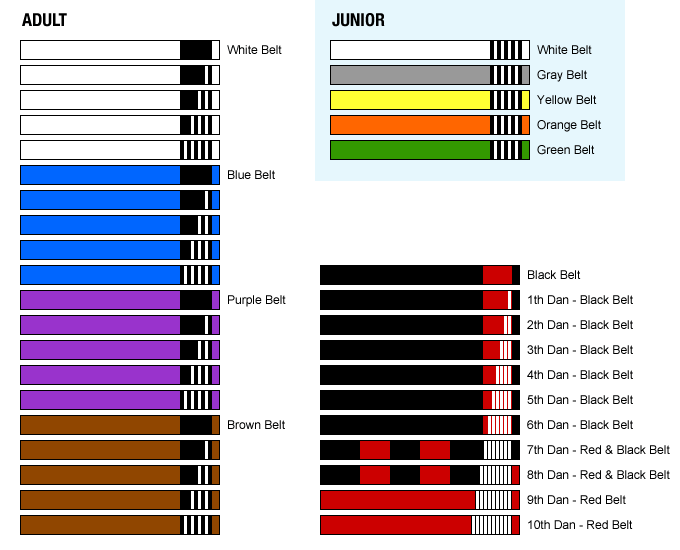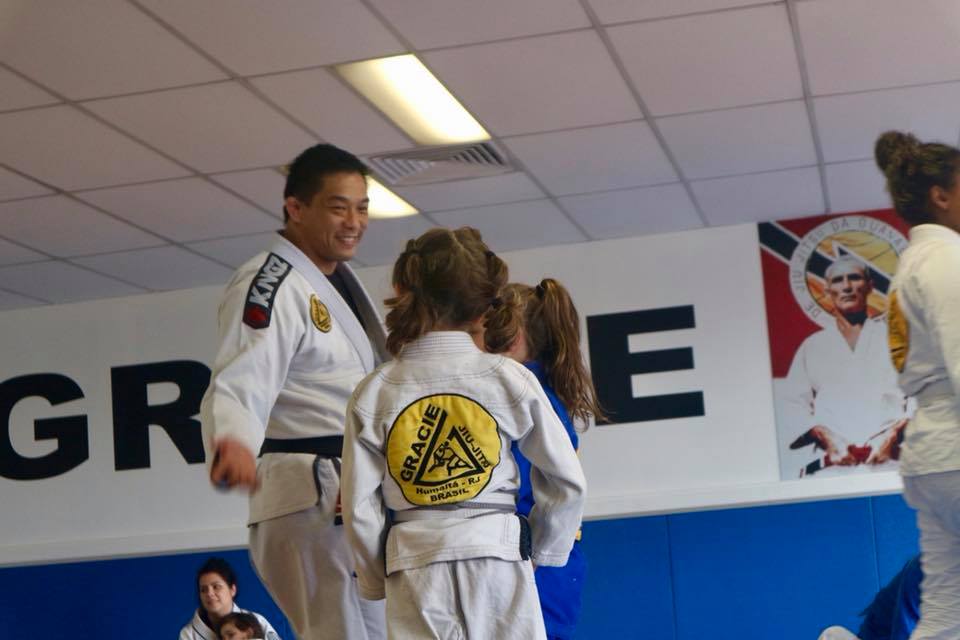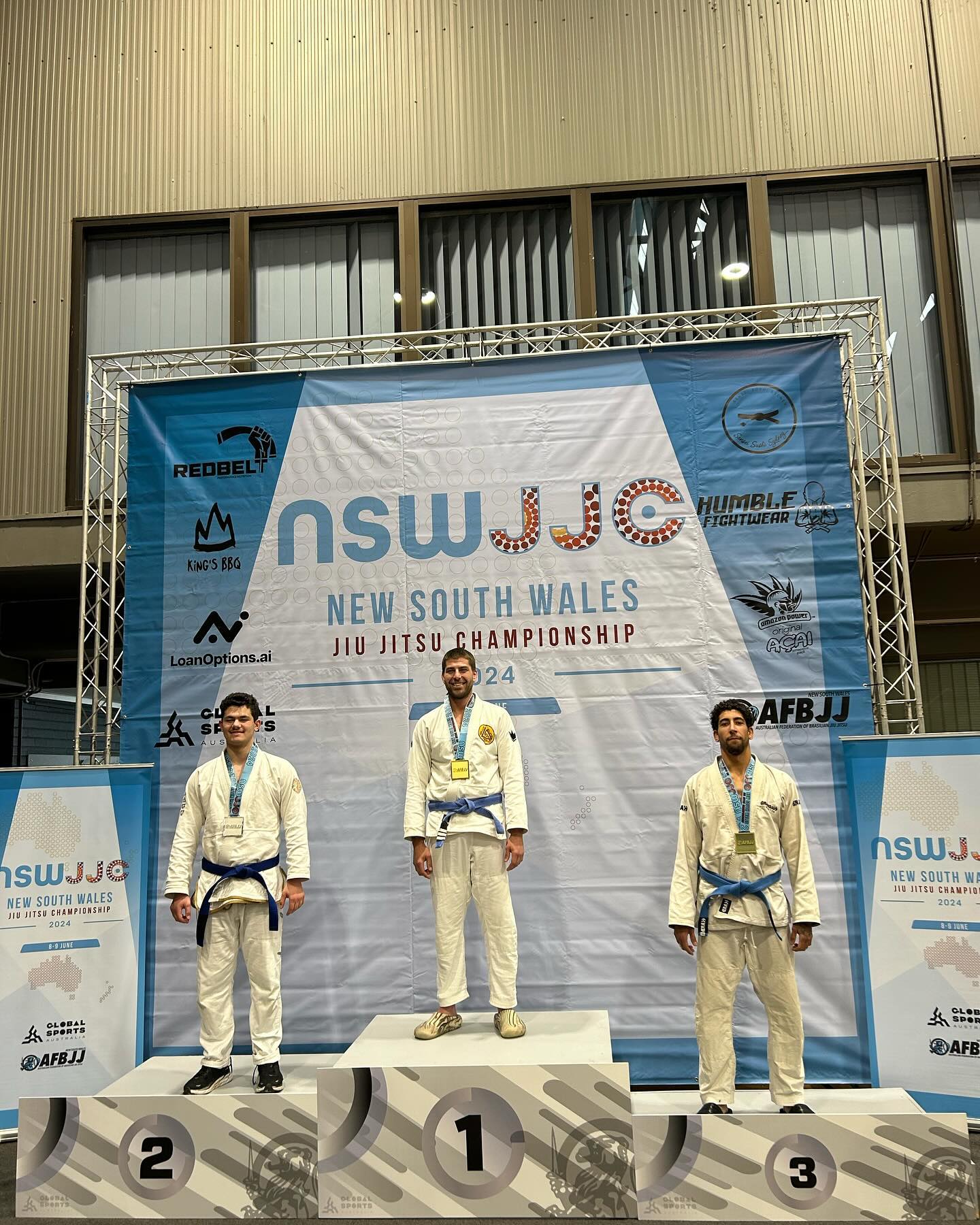Welcome to our blog at Gracie Miranda, your go-to Brazilian Jiu-Jitsu academy in Sutherland Shire. Today, we’re diving into a fascinating aspect of BJJ: the difference between Gi and No-Gi BJJ, with a focus on how training in a Gi can significantly enhance your grappling skills. Whether you’re a seasoned practitioner or just starting your journey, understanding these styles will enrich your experience on the mats.
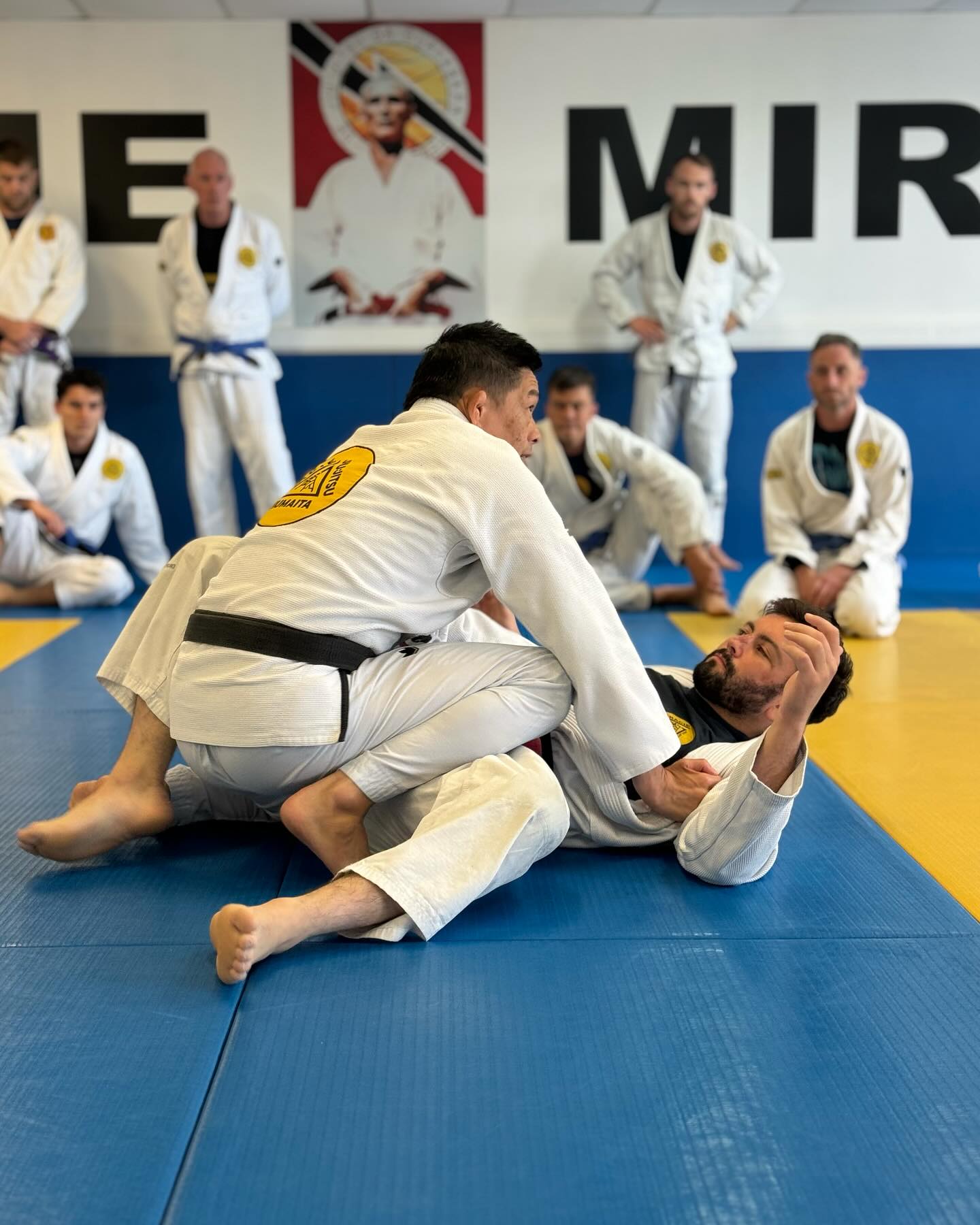
Understanding the Basics
Brazilian Jiu-Jitsu (BJJ) is all about leveraging technique over strength. While both Gi and No-Gi BJJ share this fundamental principle, they differ primarily in attire and consequently in the techniques you can employ.
- Gi BJJ: This style involves wearing a traditional heavy cotton uniform known as a Gi or kimono. The Gi provides numerous gripping points, such as collars and sleeves, which play a crucial role in controlling opponents and executing various techniques.
- No-Gi BJJ: In contrast, No-Gi practitioners wear rash guards and shorts. This attire reduces friction and gripping options, leading to a faster-paced style that emphasizes speed and agility.
Techniques and Gripping
One of the standout features of Gi BJJ is the extensive array of grips available. The ability to grab an opponent’s collar or sleeve can be pivotal in controlling their movements. These grips allow for a broader range of submissions and sweeps, making Gi BJJ an excellent choice for developing a comprehensive grappling skill set.In No-Gi BJJ, the absence of clothing grips shifts the focus to body control and positional awareness. While this style encourages quicker reflexes and adaptability, Gi BJJ offers a more methodical approach that can be particularly beneficial for beginners learning the ropes.
Training Dynamics
Training with a Gi can be likened to playing a strategic board game. The additional gripping options add layers to your strategy, requiring you to think several moves ahead. At our Sutherland Shire academy, we find that training in a Gi helps refine our techniques, focusing on grips and submissions.On the other hand, No-Gi training feels like an exhilarating sprint. The slick nature of the clothing requires practitioners to rely heavily on speed, cardiovascular fitness, and reading their opponent’s body movements. Both styles present unique challenges and advantages, which is why we advocate training in both.
Why Train in Both?
Incorporating both Gi and No-Gi training into your routine offers significant benefits:
- Well-Rounded Skills: Training in both styles ensures versatility on the mats. You’ll learn to adapt techniques based on your attire.
- Improved Grip Strength: Gi training enhances grip strength—crucial for any grappler. In No-Gi, quick reactions can create opportunities for escapes and submissions.
- Cross-Functional Techniques: Many techniques can be adapted for both styles. Understanding these nuances deepens your overall comprehension of BJJ.
Benefits of Gi Training
While both styles are valuable, Gi training offers unique benefits that are worth highlighting:
- Enhanced Control: The ability to grip your opponent’s clothing provides better control over their movements, allowing for more strategic planning.
- Technical Proficiency: The slower pace of Gi training allows practitioners to focus on technique rather than relying on speed or strength.
- Grip Strength Development: Regularly engaging with the fabric of a Gi builds significant grip strength, which is beneficial across all grappling disciplines.
Conclusion
Mastering both Gi and No-Gi BJJ will not only improve your grappling skills but also keep your training varied and exciting. At Gracie Miranda in Sutherland Shire, we encourage everyone to engage with both styles to become well-rounded practitioners.Join us in exploring the wonderful world of Brazilian Jiu-Jitsu—whether you prefer the traditional approach with a Gi or the dynamic pace of No-Gi. Remember, it’s all about enjoying the journey and mastering your skills along the way!


